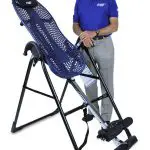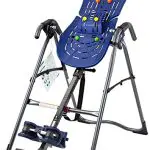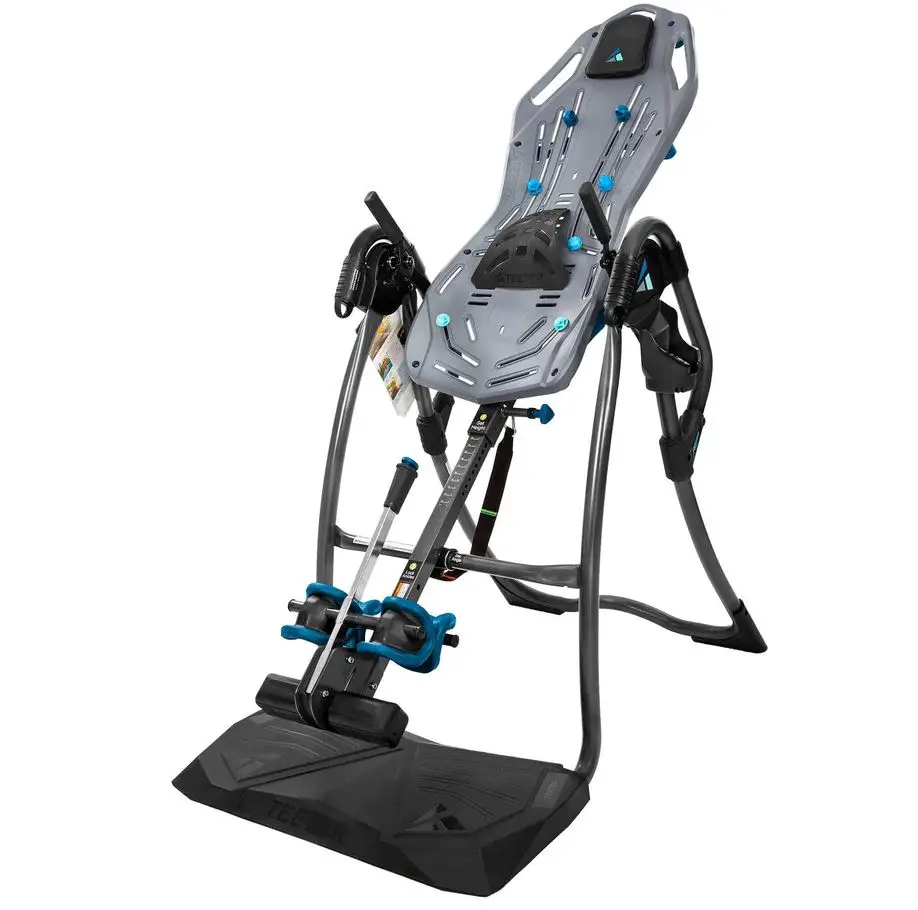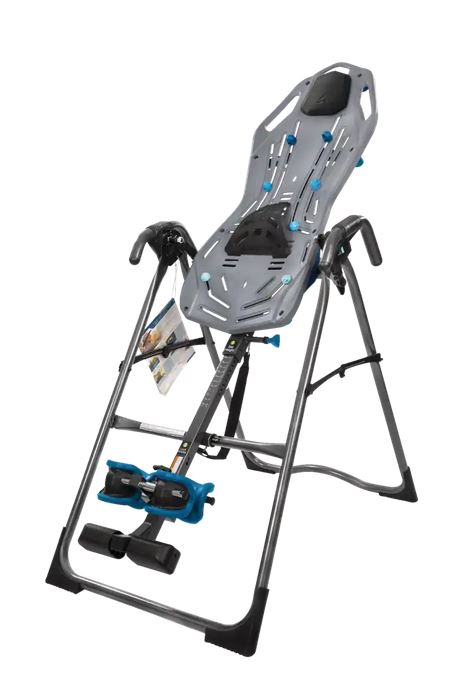Did you know that 10% to 40% of the population are battling sciatica? What’s more worrying is that many myths and misconceptions about treatment solutions for this condition keep erupting, making it difficult determining which one works. If you have this condition or know someone with it, you likely wonder, do inversion tables work for sciatica? Here are the answers to your question.

What are inversion tables?
Inversion tables, also known as gravitational traction, are non-invasive devices designed to relieve the pressure in the discs, joints, and bones. It’s physical therapy requiring you to lie on the table upside-down. If you’re battling sciatica, the force of gravity pulls your spine downwards, putting more pressure on the nerves, discs, vertebral bodies, and other structures.
Inversion tables work more like spinal traction. They work against gravity to reduce compression on the spine. In the end, you temporarily get some sense of relief on your lower back. Initially, an orthopedic doctor or nurse had to control the settings to ensure your lower back pain reduces. But today, a doctor can prescribe one for use at home.
These tables may work in the following ways:
1. They alienate the joint spaces and discs in your spine to reduce the pressure in the spinal nerves, helping your muscles relax.
2. They generate traction force via the spine, reducing pain in your lower back.
3. Some researchers claim it can apply unwanted pressure, hence pulling the herniated part into the disc’s space.
How inversion therapy is conducted
To maximize the health benefits of inversion tables, your doctor will ask you to lie face up so that you’re suspended at a 30-10-degree angle. Please avoid suspending your body at a 60-degree angle as your spine decompresses at this angle. There is a strap to keep you from falling. Your head will tip backward, ensuring your heart is higher than it.
There are high-quality tables that come with a sliding backrest and locking mechanism. They can help you stretch and exercise movements as your body inverts. If in a hospital, your doctor will direct you about it or do the same if you prefer conducting it at home.
Are inversion tables effective sciatica?

Many controversies have come up, with researchers disagreeing with the method. They argue that this non-invasive treating back pain isn’t as effective as surgery. They recommend it as the second-last approach to treating lower back pain.
Apart from sciatica, inversion therapy also addresses kidney stones, muscle spasms, and compressed spinal disks. But if you aren’t battling any of these conditions, you can still rely on the therapy to stretch your muscles and joints, helping you relax.
According to one study by Spineuniverse, some medical practitioners conducted research to determine the effectiveness of inversion tables. They realized that 77% of patients scheduled for surgery found some sense of lower back pain relief and didn’t need surgery. However, only 22% of them who didn’t undergo inversion therapy didn’t go for surgery as well.
Other studies claim that it works best when combined with physiotherapy for patients opting out of surgery. For patients with kidney stones, the therapy works better with diuresis. Here, the nephrologist collects urine samples from the patient. The bottom line is to get rid of kidney stones through the two therapies.
What to expect from inversion therapy
Like other treatments, inversion therapy comes with side effects. Expect your slowed heartbeats, but your pressure will heighten. This method is risky for patients with the following conditions:
- Glaucoma
- Middle ear infection
- Hypertension
- Heart disease
- Arthritis of the knees or hips
- Hiatal hernia
- Stroke
- Pregnancy
If you have any of these conditions, discuss alternative treatment solutions to prevent it from worsening with your doctor. You can start by experimenting with it for a few minutes at a time. If you feel dizzy, get a headache, or any other discomfort, inform your doctor about it.
Verdict
Whether table inversions work or not is still unclear. It may or not work for you, depending on your medical history and current health condition. How long the treatment will work varies from person to person, so don’t set your hopes high. The good news is your doctor knows what’s right for you, so consider discussing with them how to invert and incorporate movements to reduce your pain safely.





